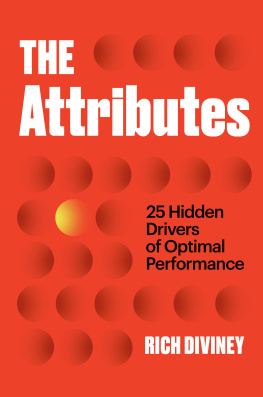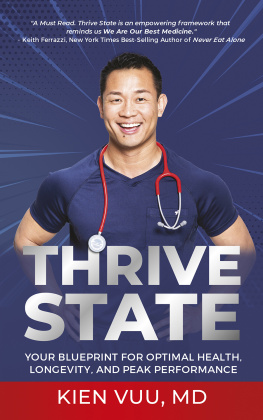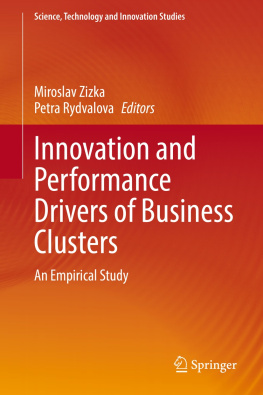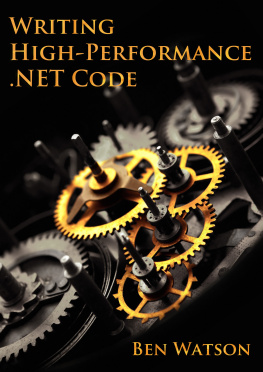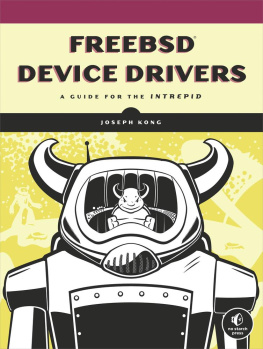Rich Diviney - The Attributes: 25 Hidden Drivers of Optimal Performance
Here you can read online Rich Diviney - The Attributes: 25 Hidden Drivers of Optimal Performance full text of the book (entire story) in english for free. Download pdf and epub, get meaning, cover and reviews about this ebook. year: 2021, publisher: Random House Publishing Group, genre: Romance novel. Description of the work, (preface) as well as reviews are available. Best literature library LitArk.com created for fans of good reading and offers a wide selection of genres:
Romance novel
Science fiction
Adventure
Detective
Science
History
Home and family
Prose
Art
Politics
Computer
Non-fiction
Religion
Business
Children
Humor
Choose a favorite category and find really read worthwhile books. Enjoy immersion in the world of imagination, feel the emotions of the characters or learn something new for yourself, make an fascinating discovery.
- Book:The Attributes: 25 Hidden Drivers of Optimal Performance
- Author:
- Publisher:Random House Publishing Group
- Genre:
- Year:2021
- Rating:4 / 5
- Favourites:Add to favourites
- Your mark:
- 80
- 1
- 2
- 3
- 4
- 5
The Attributes: 25 Hidden Drivers of Optimal Performance: summary, description and annotation
We offer to read an annotation, description, summary or preface (depends on what the author of the book "The Attributes: 25 Hidden Drivers of Optimal Performance" wrote himself). If you haven't found the necessary information about the book — write in the comments, we will try to find it.
Rich Diviney: author's other books
Who wrote The Attributes: 25 Hidden Drivers of Optimal Performance? Find out the surname, the name of the author of the book and a list of all author's works by series.
The Attributes: 25 Hidden Drivers of Optimal Performance — read online for free the complete book (whole text) full work
Below is the text of the book, divided by pages. System saving the place of the last page read, allows you to conveniently read the book "The Attributes: 25 Hidden Drivers of Optimal Performance" online for free, without having to search again every time where you left off. Put a bookmark, and you can go to the page where you finished reading at any time.
Font size:
Interval:
Bookmark:
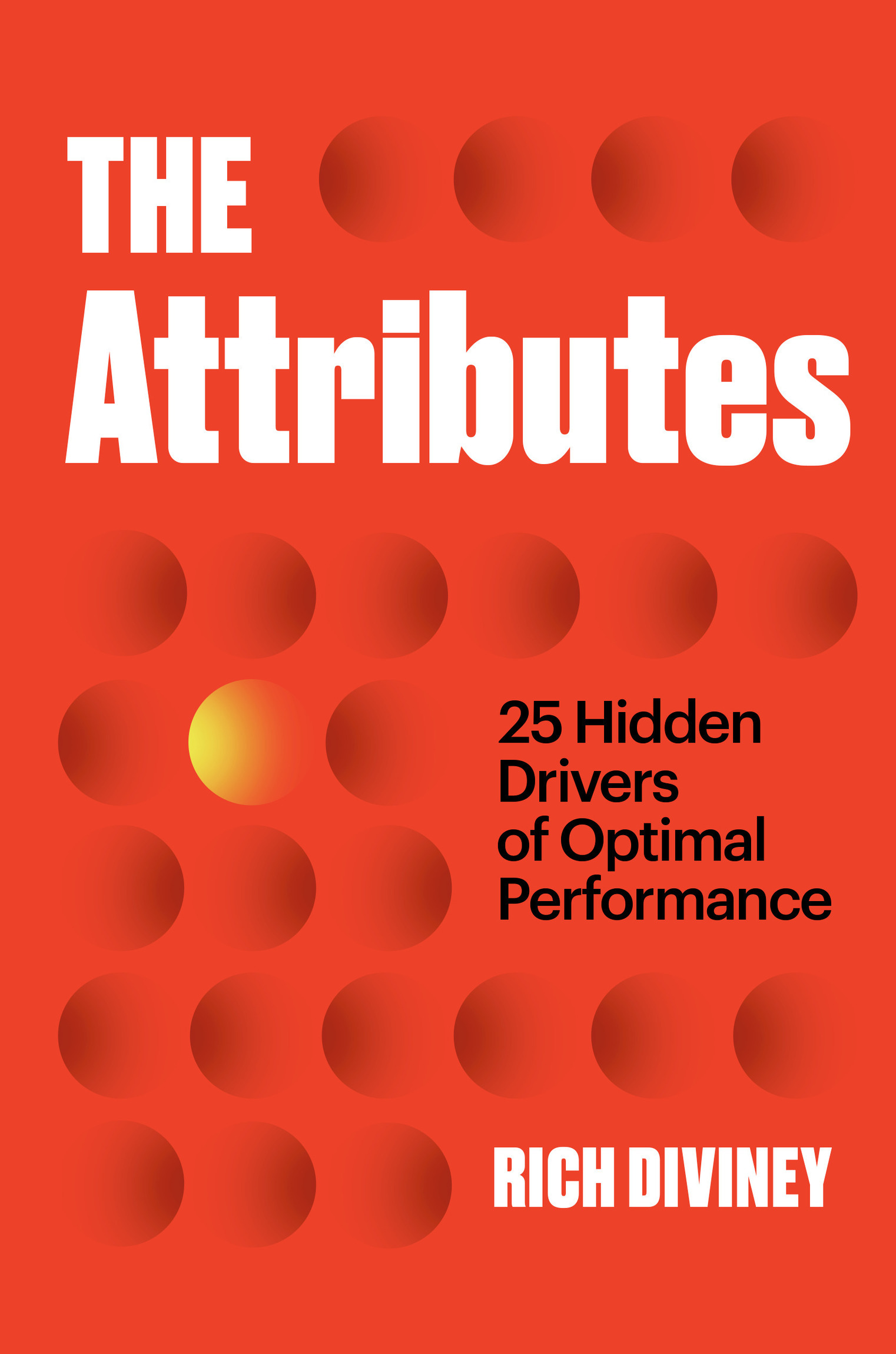
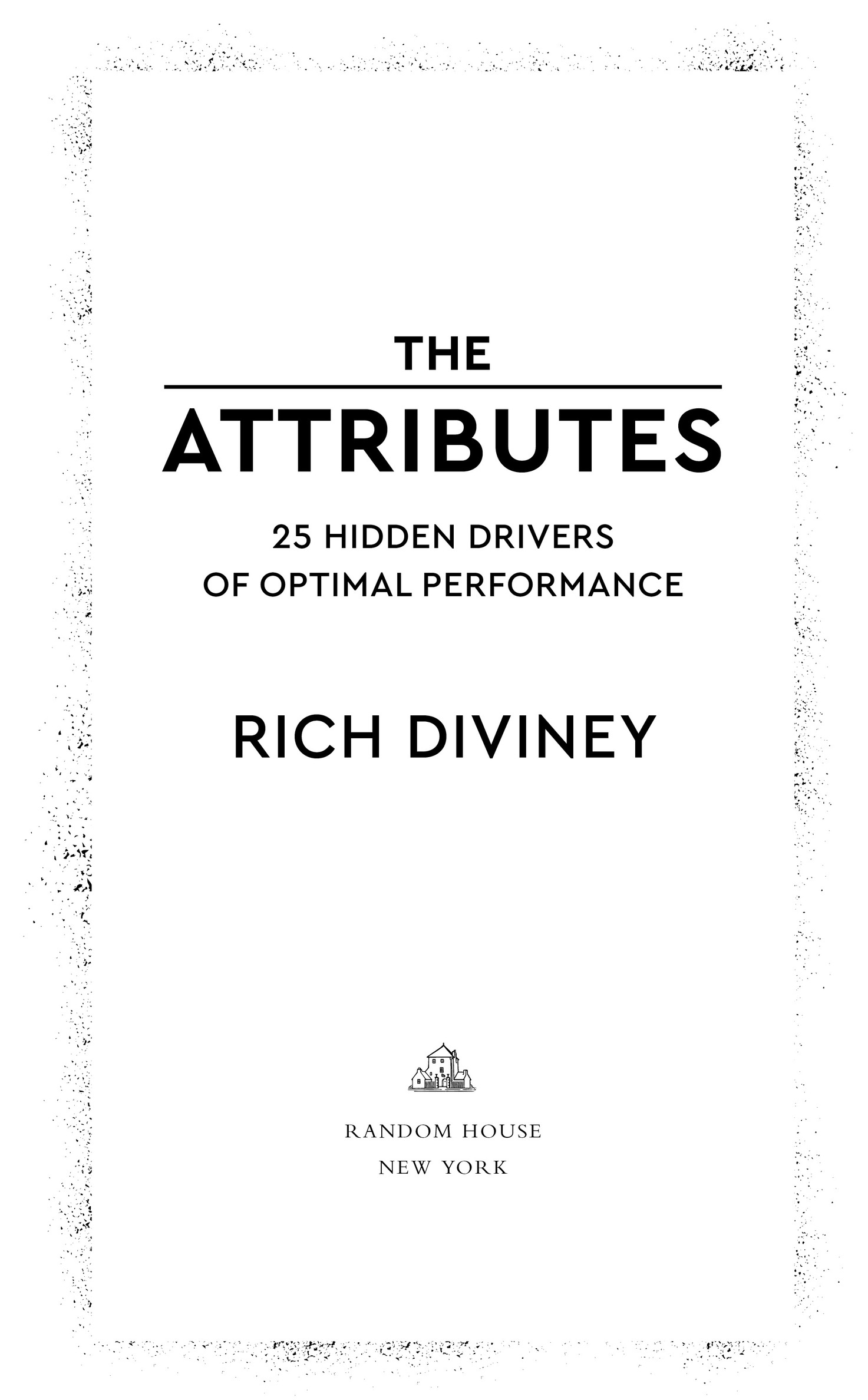
The views expressed in this publication are those of the author and do not necessarily reflect the official policy or position of the Department of Defense or the U.S. government.
Copyright 2021 by Richard Diviney
All rights reserved.
Published in the United States by Random House, an imprint and division of Penguin Random House LLC, New York.
Random House and the House colophon are registered trademarks of Penguin Random House LLC.
Library of Congress Cataloging-in-Publication Data
Names: Diviney, Rich, author.
Title: The attributes --: 25 hidden drivers of optimal performance / Rich Diviney.
Description: New York : Random House, [2021] | Includes index.
Identifiers: LCCN 2-020026664 (print) | LCCN 2020026665 (ebook) | ISBN 9780593133941 (hardcover) | ISBN 9780593133958 (ebook)
Subjects: LCSH: Temperament. | Character. | Performance. | Success.
Classification: LCC BF801 .D58 2021 (print) | LCC BF801 (ebook) | DDC 155.2/32dc23
LC record available at https://lccn.loc.gov/2020026664
LC ebook record available at https://lccn.loc.gov/2020026665
Hardback ISBN9780593133941
International ISBN9780593243237
Ebook ISBN9780593133958
randomhousebooks.com
Book design by Edwin Vazquez, adapted for ebook
Cover design: Evan Gaffney
ep_prh_5.6.1_c0_r0
YOU SAVED FOR YEARS for a trip to China and set aside a couple of days for a bus tour through the countryside. The scenery is spectacular, but the only stops are brief ones in remote villages miles from anywhere most tourists would see. In one especially tiny hamlet, the guide says youve got twenty minutes to look over a broad valley ribboned with late-afternoon shadows. You slip away from the group and follow a narrow path that winds up a small hill so you can get a better view in solitude. And its spectacular. You lose yourself in the moment, and the next moments, too. You look at your watch: Youve been enjoying that view for half an hour.
You sprint down the hill, but its too late. The bus is gone, far down a sliver of dirt road so treacherous the driver couldnt turn around even if he realized you were missing. Your pockets are empty: You left your phone, your cash, and your passport on the bus because you didnt want to lose them. You look around. There are a half-dozen tiny houses, no vehicles, no power lines. An old woman gives you a curious look. You ask if she can help, but she cant even understand you: You dont speak Chinese and no one in the village speaks English. If you remember the itinerary correctly, the next stop is three hours away. Itll be dark in two.
What do you do?
How about this scenario: You take the family to New York City to see the sights. Its the first time the kids have been there, and they love it. You go to the Statue of Liberty and Times Square, and now youre all going to ride the subway up to the Museum of Natural History. Except youre on the wrong platformthis train is going downtown. You manage to corral two of the kids, but the five-year-old, too excited to hear you, slips through the crowd and onto the train by himself. The doors close and the train pulls away, then disappears into the tunnel with your child.
Now what?
One more: Its three months into a brand-new year. Things are going well. Youve stuck to your resolutions, made progress on some long-term goals. Winter is beginning to wane and spring is on the horizon. Then a pandemic erupts across the globe. Seemingly overnight the entire nation shuts down, and the governor orders everyone to stay at home. The kids are out of school, youre not sure if you still have a job, stores are closing, and theres no toilet paper or hand sanitizer to be found. Youre not sure how scared you should be because so much is unknown about the virus: Youd probably recover, but what about your aging parents? Worse, you have no idea how long this will last. A few weeks? A few months? Or has everything changed forever?
Did you have a plan for that?
No, of course you didnt. Those three scenarios have one thing in common: Each has plunged you into the depths of uncertainty, into a dark and unfamiliar place where panic rises with every heartbeat or confusion bleeds into fear. You cant practice for moments like those, cant learn any skills to navigate those first trembling moments. You pick up languages quickly? Not Chinese before nightfall. Youve got big-city street smarts? Your five-year-old doesnt. Were you ready for the economy to grind to a halt, for a new normal of physical isolation? Was anybody?
But you still have to act. In such extreme situations, how you perform is much less about what you know than who you are.
Your skills arent necessarily important.
What matters more are your attributes.
ATTRIBUTES ARE WIRED INTO our internal circuitry, always running in the background, dictating how we behave and react and perform. Think of them as the computer code behind an app on your phone. You tap an icon and a program opens, maybe your email or a game or the weather forecast. Thats a visible behavior, an obvious and predictable cause and effect. Tap, open. For most people on most days, thats enough information to work with: If I touch this icon, a certain thing will happen, and if I touch this one, a different, yet still certain, thing will happen. Apply a skill and get a result.
What most people never consider, though, are the thousands of lines of codethe average iPhone app has fifty thousandthat determine how an app functions. Think of that code as a collection of attributes. Each app has its own unique combination, but theres usually no need to care about what it might be. If you want directions to the beach, you need to know which icon to tap for the GPS, not how to write code. Your home screen is neatly ordered, the apps are clearly identified, and you know what to expect when you click on any particular one.
But those little pictures dont actually do anything. What you seethe icon that opens the appdoesnt drive performance. The code, the unseen programming, does that.
That code is pretty important.
Those attributes matter.
People are more complicated than apps, of course. None of us is siloed into a singular function, capable only of texting or posting Instagram stories. But the principle is the same: We all have an internal coding, a specific combination of attributes that guide our performance. Are you highly adaptable with a strong sense of humility but low accountability? Youll perform differently than someone whos cunning and disciplined and fears rejection. Neither is better or worsefor our purposes, consider attributes as neutral traits wired into us by both nature and nurture; they are neither moral failings nor superior accomplishments.
Nor should attributes be confused with personality traits. A personality is built from patterns of behavior that emerge over an extended period of time. Its an outward expression of all the things that make you youyour skills, habits, emotions, perspectives, and, yes, attributes, all blended together. A multitude of factors influence your personality, from genetics to upbringing to environment. Attributes are just one of those elemental ingredients.
But its important to remember that attributes are always running in the background. Highly challenging situations, especially ones rife with uncertainty that force you to operate on instinct, will bring them to the forefront. But your levels of resilience and self-efficacy also influence how you perform every day; your authenticity and empathy impact how you treat others and how they perceive you. Attributes also affect how peopleteams, managers, and subordinates, spouses, children, and friendsinteract with one another; a dozen competent, skilled colleagues might be a disaster working together, while a collection of seemingly average individuals excel as a collective. Attributes can suggest whos an effective leader and whos a loyal follower.
Font size:
Interval:
Bookmark:
Similar books «The Attributes: 25 Hidden Drivers of Optimal Performance»
Look at similar books to The Attributes: 25 Hidden Drivers of Optimal Performance. We have selected literature similar in name and meaning in the hope of providing readers with more options to find new, interesting, not yet read works.
Discussion, reviews of the book The Attributes: 25 Hidden Drivers of Optimal Performance and just readers' own opinions. Leave your comments, write what you think about the work, its meaning or the main characters. Specify what exactly you liked and what you didn't like, and why you think so.

